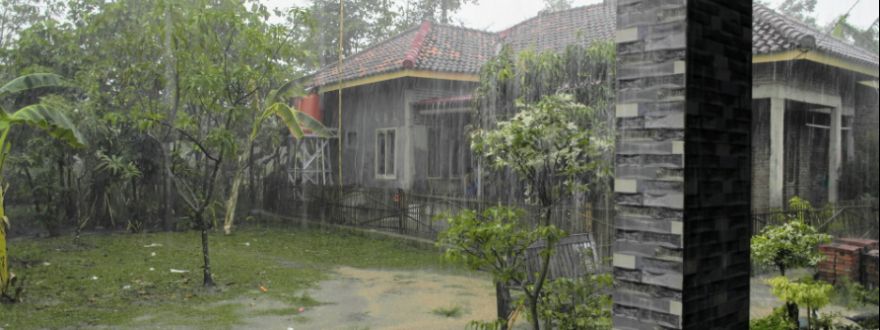
Water is a tricky thing because here in Florida because we see our fair share of rain and severe weather events. These events can cause flooding and test our roof systems. Here are the top 5 things I wish every homeowner would know about water and their homeowners coverage.
1. Sudden vs Gradual Damage....It matters!
Most gradual damage like slow leaking from pipes and small roof leaks may not be covered by homeowners insurance. If you notice any water intrusion, the best course of action is to hire a licensed contractor like a plumber or roofer to investigate any potential slow leaks as soon as possible which could avoid a major issue later on.
2. Floods are NOT COVERED
Flooding is excluded by most insurance policies which require either a special flood endorsement or a standalone flood policy. Since FEMA developed the new Flood Risk Ratting 2.0 there are many questions about what the cost of flood insurance is but there are more options to cover this risk than ever. The best advice I can give is to ask your agent what the best coverage at the best price available is.
3. Sewer and Drain Backup is not automatically covered
Some homeowners policies are already endorsed to cover sewer and drain backup. Because these events do not typically damage your plumbing systems, they are not automatically covered by a standard homeowners policy. The good news is a very inexpensive endorsement may be available that can add this coverage to your existing homeowners policy. It is highly recommended!
4. Roof leaks and Wind Driven Rain may not be covered
A roof system has a expected life span and when a roof begins to deteriate, it may begin to fail to prevent rain intrusion. Contrary to popular belief, insurance carriers do not replace roofs when they have met their life expectancy. An insurance policy is meant to protect against sudden and accidental losses, not slow deteriation. This is the same reason wind driven rain is not covered by most homeowners policies if there is no damage that allows the rain to intrude the home. Make sure you are regularly maintaining any system of the home that is meant to protect it!
5. Mold is usually limited
When a covered water loss does occur one of the most costly cleanup processes can be mold removal, remediation, and mitigation. These usually require tearing out drywall and using specialized fans and other equipment. Your policy may limit this cost to $10,000 but can usually be increased significantly. If your policy allows this limit to be increased or removed entirely it is worth getting a quote to see what the cost would be. You may be suprised how affordable this option is.
If you would like to discuss how your policy handles water, just ask your agent!







